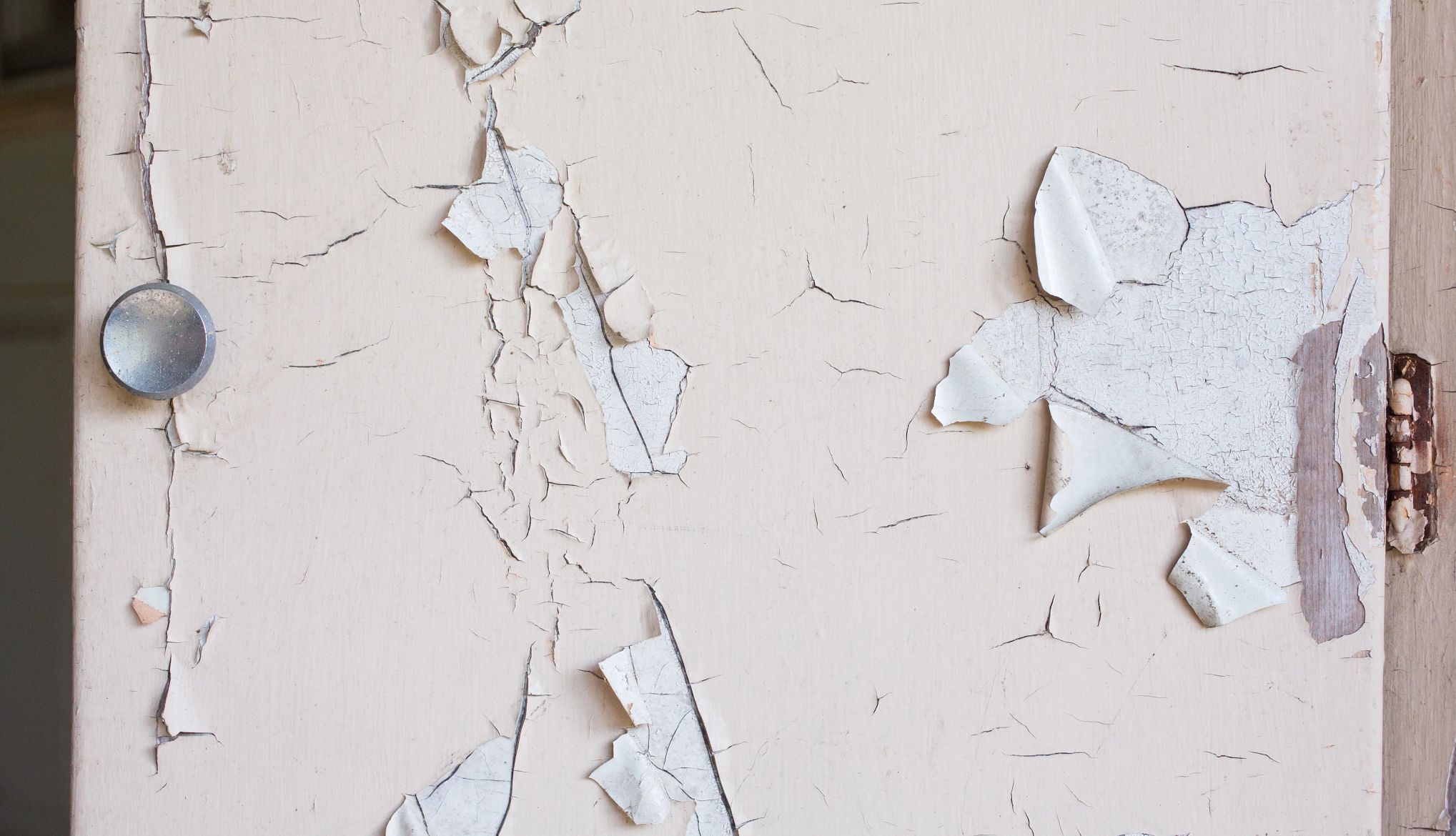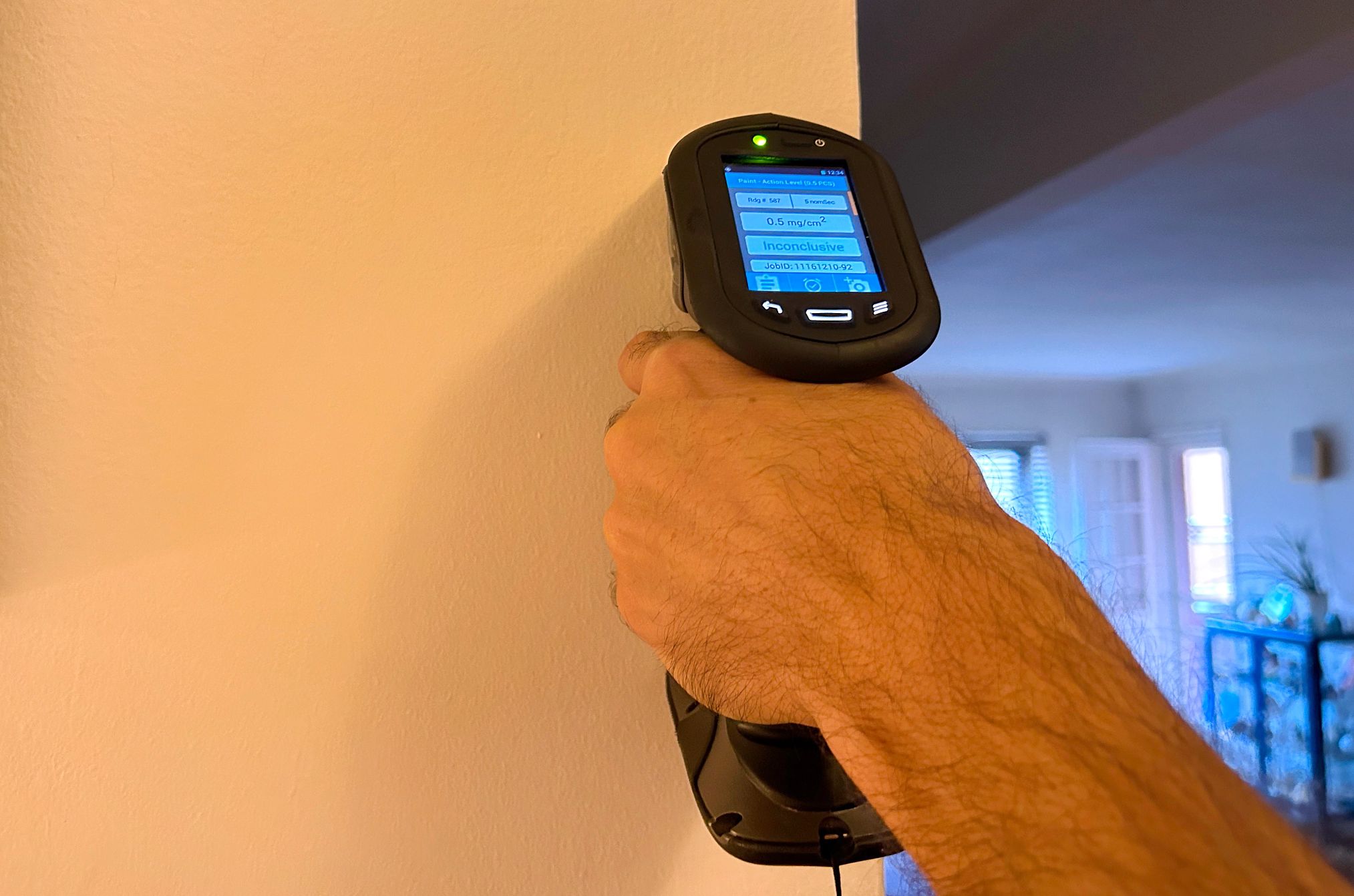AARP Hearing Center


Lead paint has been banned since 1978, so it's not an ongoing problem, right? Wrong – and for adults, who often prefer to age in place, that can be a danger to them and their grandkids.
How prevalent is lead paint in homes? A 2021 survey by The Department of Housing and Urban Development estimated nearly 31 million pre-1978 homes still had lead-based paint.
"The older the home is, the more likely it is to have lead-based paint," says Marc Edmonds, a branch supervisor in the U.S. Environmental Protection Agency's Office of Chemical Safety and Pollution Prevention. "So, homes built between 1960 and 1977, 24 percent of them have lead-based paint. Homes built between 1940 and 1959, there were 69 percent of them that had lead-based paint. And for pre-1940 homes, it's 87 percent have lead-based paint."
If you have an older home – particularly with some of the original components like windows, trims and doors – there's "a good chance" you're living with lead-based paint, says Andrew Faciano, the assistant commissioner of the Healthy Homes Program at the New York City Department of Health & Mental Hygiene.
Here's a rundown of the health hazards, how to identify lead paint, and what to do if you do have it.
Who should be worried?
People of all ages can be affected by the presence of lead paint, according to the EPA, since exposure can damage the heart, kidneys and even lead to cancer.
But Faciano says the main worry for older adults should be accidentally exposing their grandchildren. Lead exposure in children can lead to delayed growth and development, brain and nervous system damage, hearing and speech problems, learning issues, lower IQ and behavioral problems.
Pregnant people are also at high risk, Faciano says - something to keep in mind if you have family staying with you. A developing baby exposed to lead in the womb can be born too early or too small, develop brain, kidney and nervous system issues and develop learning or behavioral problems.
"So for grandparents watching the grandchild after school, helping their children take care of the child temporarily or permanently – those are the greatest risks for and concerns about lead-based paint exposure in homes," Faciano says.
The danger is in the dust
Some (sort of) good news: If you have lead paint, it's likely not the top coat, says Faciano, since in older homes, walls and window sills have often been painted multiple times.
And if the paint hasn't deteriorated, it's not necessarily an immediate danger, says Javier Gonzalez, the president of XRF Research, Inc. - a company that specializes in lead hazard evaluations and lead project monitoring.
So when should you worry? When paint is "cracked, chalky or flaking," he says.
































































More From AARP
Quiz: Can You Deal With House Pests?
Let’s test your skill at evicting these unwanted guests
Infuse Your Home With Happy Through Dopamine Decor
Highlighting what you love and displaying it in all its glory
Tips to a More Organized Fridge and Freezer
Get your appliances under control
Recommended for You